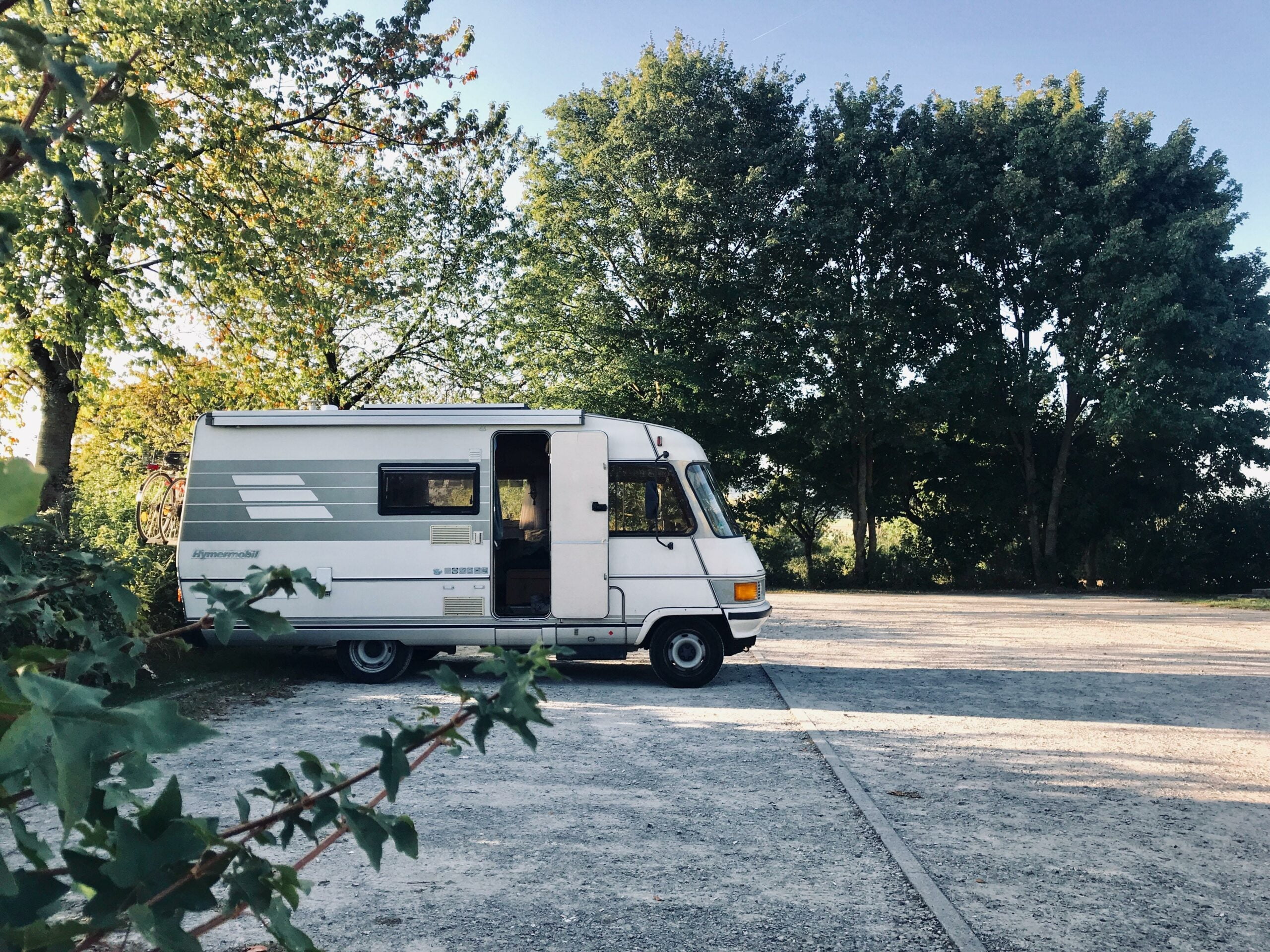In the world of automotive journalism, few topics are as intriguing and captivating as the evolution of van models. These versatile vehicles have undergone remarkable transformations over the years, shaping the way we perceive and utilize them. From their humble beginnings as utilitarian workhorses to the sophisticated and stylish vans we see on the roads today, the journey of van models is a testament to the ever-evolving nature of automotive design. In this article, we delve into the rich history and fascinating progression of van models, exploring their technological advancements, unique designs, and the market trends that have shaped them. So buckle up and join us as we embark on an enlightening journey through time, unearthing the remarkable changes that have sculpted the vans we know and love.

The Evolution of Van Models
The evolution of van models has been a captivating journey that spans centuries. From their humble beginnings as simple campers to their modernized forms as efficient transporters, vans have undergone significant advancements and changes in design. As an automotive journalist with a passion for uncovering the rich history behind these versatile vehicles, I am excited to delve into the progression and innovation that has shaped the world of vans as we know it today.
Tracing Back to the Early Beginnings
Vans, as we recognize them today, have fascinating origins rooted in the concept of campers. Taking a trip down memory lane, we find that the manifestation of vans began with the introduction of motorized vehicles. It was during the 1800s when Mercedes-Benz revolutionized transportation by inventing one of the first motorized vans. This milestone proved to be a significant leap forward, laying the foundation for the evolution of van models.
The early beginnings of vans can be traced back to their roots as simple campers. However, the introduction of motorized vehicles by Mercedes-Benz in the 1800s marked a significant leap forward in the progression of van models.
The Iconic VW Bus and the Countercultural Movements
When discussing the evolution of van models, it’s impossible to overlook the rich history of the Volkswagen Bus, also known as the VW Camper or Transporter. This iconic vehicle gained immense popularity during the countercultural movements of the 1960s, becoming a symbol of freedom, adventure, and self-expression. Its unique design and functionality demonstrated the versatility that vans possessed, and it became an integral part of van culture.
The Volkswagen Bus, with its rich history and association with countercultural movements in the 1960s, showcased the versatility and unique design of vans, cementing their place in popular culture.
Size and Purpose: The Varying Roles of Vans
Vans have proven to be incredibly versatile, serving various purposes and accommodating different needs. Whether it’s transporting goods or people, vans come in a range of sizes and configurations. From compact models suitable for urban deliveries to spacious ones capable of carrying numerous passengers, the flexibility of van designs has evolved to meet the demands of different industries and individuals.
Vans come in various sizes and serve a multitude of purposes, adapting to the needs of different industries and individuals. From compact models for urban deliveries to spacious ones capable of transporting numerous passengers, their diversity has expanded over time.
The Ever-Changing Landscape of Van Models
The evolution of van models continues to this day, with manufacturers like Mercedes-Benz and Ford leading the charge in updating their designs and incorporating technological advancements. For example, the Mercedes-Benz Sprinter van, with its long and storied history dating back to 1869, has undergone remarkable evolution in both aesthetics and functionality. Similarly, the Volkswagen Transporter has seen six generations since its inception in 1950, each iteration showcasing improvements and adaptations to keep up with changing times. The Ford Transit van, too, has experienced significant transformations throughout its history, solidifying its position as a reliable and efficient workhorse.
Manufacturers like Mercedes-Benz, Volkswagen, and Ford have played pivotal roles in the evolution of van models, continuously updating their designs with the latest technological advancements. The Mercedes-Benz Sprinter, Volkswagen Transporter, and Ford Transit are prime examples of vans that have seen remarkable transformations throughout their histories.
In conclusion, the evolution of van models is a fascinating journey that unravels the ingenuity and innovation of automotive design over the years. From the early days of campers to the modernized forms we see today, vans have truly come a long way. Their versatility, adaptability, and ever-improving features make them essential vehicles for efficiently transporting goods and people across various industries. By understanding the rich history and progression of van models, we gain valuable insights to appreciate their versatility and make informed decisions when choosing the perfect van for our needs.
The evolution of van models is a captivating journey that showcases the ingenuity and innovation in automotive design. By appreciating their rich history and remarkable progression, we can make informed decisions when choosing the perfect van for our needs.
When did Vans become popular? It’s a question that often piques people’s curiosity, prompting them to delve into the history of this iconic brand. Vans’ journey to popularity started in the 1960s when it began manufacturing its trademark skateboard shoes. These sturdy and stylish sneakers quickly gained favor among skateboarders, surfers, and countercultural rebels. Over the years, Vans continued to evolve, becoming synonymous with individuality, creativity, and self-expression. To learn more about the fascinating rise of Vans and its enduring popularity, click here: When Did Vans Became Popular. Get ready to journey through the milestones and milestones that shaped the brand we know and love today.
FAQ
Question 1
What were vans initially used for?
Answer 1
Vans were initially used as simple campers before they evolved into motorized vehicles for transportation purposes.
Question 2
Which manufacturer invented one of the first motorized vans?
Answer 2
Mercedes-Benz invented one of the first motorized vans in the 1800s.
Question 3
What is the history behind the Volkswagen Bus?
Answer 3
The Volkswagen Bus, also known as the VW Camper or Transporter, gained popularity in the countercultural movements of the 1960s and has a rich history.
Question 4
How have van models evolved over time?
Answer 4
Van models have evolved over time with manufacturers like Mercedes-Benz, Volkswagen, and Ford updating their designs to incorporate technological advancements and market trends.
Question 5
Which popular van models have undergone significant evolution?
Answer 5
The Mercedes-Benz Sprinter van, the Volkswagen Transporter, and the Ford Transit van have all experienced significant evolution throughout their respective histories.












